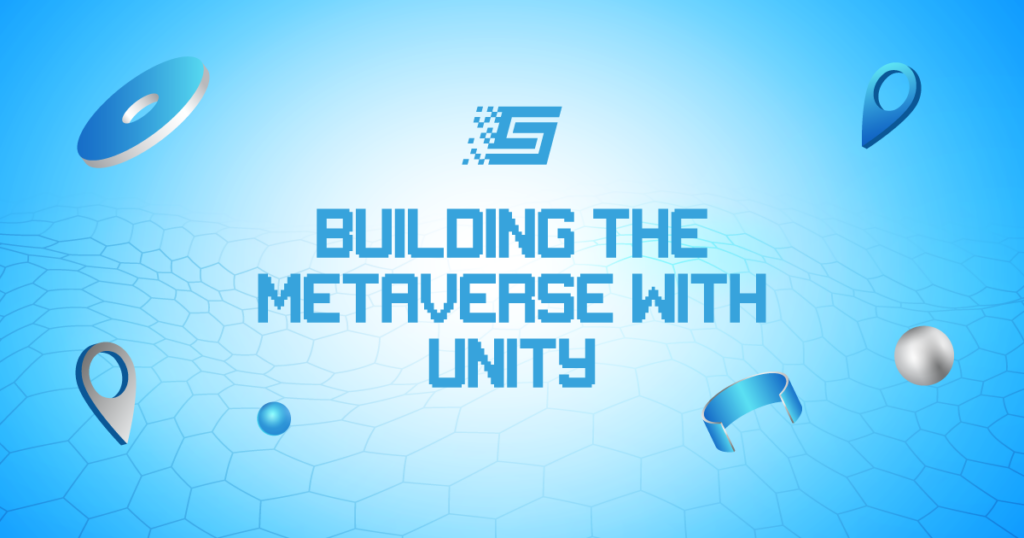The Best VR Headsets Of 2022
The cost of VR headsets might be going up these days, but the quality of virtual reality experiences still makes the price tag worth it. The $400 Quest 2 is currently the best headset out there. It offers a completely wireless experience, with access to a huge library of great titles like The Walking Dead: Saints & Sinners and Resident Evil 4. It can be connected to a PC to play games like Half-Life: Alyx.
This is a great time to get into VR, but it may get even better in the coming months.
The next wave of next-gen headsets is just around the corner. Meta Quest Pro (set to be released on October 25) will support face tracking and mixed reality and will come with a pretty hefty price tag. Apple is expected to complete the development of some form of advanced VR-AR headset by the end of the year, which could also be super-expensive. Sony is also expected to launch its PlayStation VR 2, which will work with the PlayStation 5 and feature new controllers. In the meantime, we might see more phone-connected headsets like the HTC Vive Flow start to pop up.
Virtual reality in 2022 remains an impressive but still limited proposition. Because of tremendous advancements in the visuals, tracking, and overall performance of VR hardware, the best VR headset options are now more realistic and immersive. These advances have made virtual reality a viable option for a variety of applications. It has also become more appealing to businesses, which are starting to take note of the technology’s power and its potential to become a big part of everyday life in the future. The more advanced metaverse platforms and social worlds have given VR owners more to explore as well. Even so, VR hasn’t yet become a necessary product for most people.
If you are looking for the best VR headset, the ideal choice depends on what you enjoy doing in the virtual world. VR’s strongest applications tend to be in the realms of gaming and fitness.
You will have to decide whether you would like a headset that plugs into your PC or console or a stand-alone option.
For PC gaming, a PC-connected VR headset offers the most versatile collection of software for immersive VR experiences and also lets you use the headset for creative and business tools. Note that more powerful VR systems will still be largely tethered to a desktop or laptop and may also require external sensors.
Augmented and mixed-reality headsets are not ready for everyday use yet, although the next generation of VR headsets could start blending with AR using passthrough cameras.
Companies like Qualcomm (who make the chips inside most self-contained VR headsets, including the Quest 2) are currently building new chips that point to a wave of better stand-alone headsets at lower prices (including ones that plug into your phone), but they haven’t fully materialized yet.
Meta Quest 2
The Best (And Still Most Affordable) VR Headset
Pros: Self-contained and wireless; comfortable design for gaming; great touch controllers; doubles as PC VR headset; plenty of apps
Cons: It now costs $101 more
The Quest 2 was $299, but a surprise jump in price to $400 (or $500 with more storage) has made Meta’s self-contained VR headset even more expensive. Even with the increase in price, the Quest 2 remains the best and most versatile VR headset of the time. It is also – considering it requires no gaming console, phone, or PC – the most affordable.
The base model has 128GB of storage, which is plenty for storing dozens of games and apps, although keep in mind there is no way to add more storage after purchase. Meta is also allowing accounts to bypass Facebook logins, although a new Meta account will still be required.
The Quest 2 headset could be compared to the Nintendo Switch for its versatility and fun. It has a growing library of effective fitness apps and can be connected to a PC to run other advanced apps from Steam or Meta’s library using a single USB-C cable or wirelessly.
Price: $400 at Meta
HP Reverb G2
Highest-Resolution PC VR Headset
Pros: Really sharp high-res display, great audio, comfortable design
Cons: Mediocre controllers
If your idea of the best virtual reality headset is to have the best image quality in VR, HP’s VR headset wins. For serious gamers, it’s probably the best choice. The 2,160×2,160-per-eye resolution, along with the 114-degree field of view, is the best in this price range. This lightweight, comfy headset also has fantastic drop-down speakers designed by Valve. It is technically a Microsoft Windows mixed reality headset that prefers to be launched into Microsoft’s native Windows 10 VR ecosystem, but it can be bridged with Steam VR and works with its games and apps, too. The built-in camera-based room-tracking is easier to set up than with Valve Index’s external base stations but is more prone to tracking errors. The included controllers, which are based on Microsoft’s VR controller design, feel clunkier than the Quest 2 and Valve Index controllers. Also, the over-ear speakers are the only audio choice, as there is no headphone jack.
Price: $599 at HP
Valve Index
One Of The Top Steam VR Hardware Options
Pros: Futuristic controllers; high-quality headset; works with Vive hardware
Cons: Expensive; requires room setup and tethering cable
Although Valve’s headset is starting to age, its excellent audio, its Steam VR and Vive hardware compatibility, and its fancy controllers make it hardware worth considering. Valve’s “knuckle” controllers are pressure-sensitive, and they can track all five fingers, which makes them almost like gloves. Not all apps are making the most of them, but Valve’s hardware is mix-and-match compatible with HTC Vive, which is also built on the Steam VR platform. The Index headset has excellent audio as well as a sharp, wide field-of-view display.
The Index works with external “lighthouse” boxes, like the HTC Vive headset, meaning you need to set them up in a room first. It is not as self-contained as the Quest 2 or HP Reverb G2, which tracks the room with in-headset cameras, and it isn’t wireless, but if you have some older HTC Vive hardware, you could actually add on parts of the Index to mix and match.
Price: $999 at Steam
Sony PlayStation VR
The Best Bet Is Probably To Wait For The PSVR 2 On PS5
Pros: Plenty of games; lower price; works with many PS4 controllers like the DualShock and Move
Cons: Resolution isn’t cutting-edge; Sony hasn’t yet made VR controllers that match the competition, but the PSVR 2 will bring plenty of upgrades
Sony’s PSVR headset is still the only head-mounted display for gaming consoles, and it offers a surprisingly immersive experience. But with the PSVR 2 expected to arrive later this year, anybody who has a PS5 should probably wait for what should be far superior hardware and the new game library to go with it. The PS5 works with the old PSVR, but it is clunky and requires a breakout box full of wires to connect and outdated PlayStation Move controllers for some games.
The cost of a PS5 and PSVR 2 can be very expensive, far beyond the $400 for a Quest 2, but it could be a far more advanced gaming platform for VR.
Price: $350 at Best Buy; $350 at Target; $217 at Amazon


